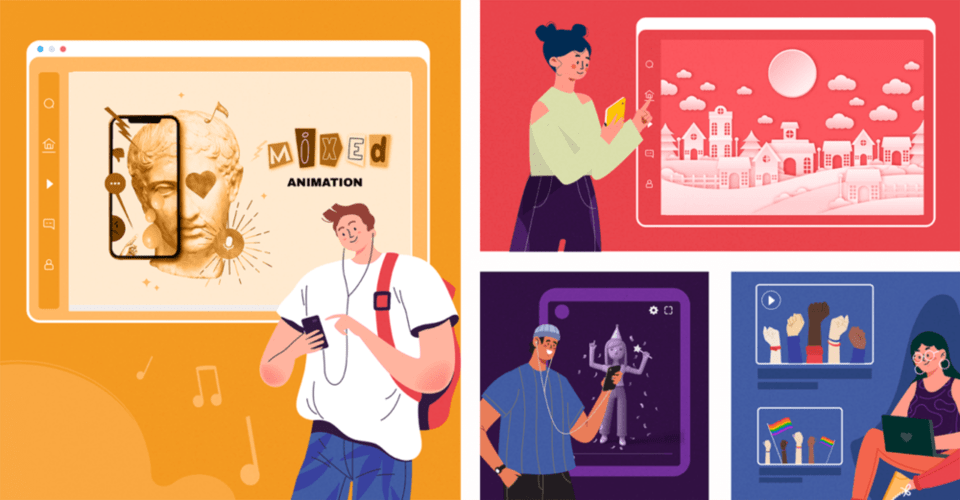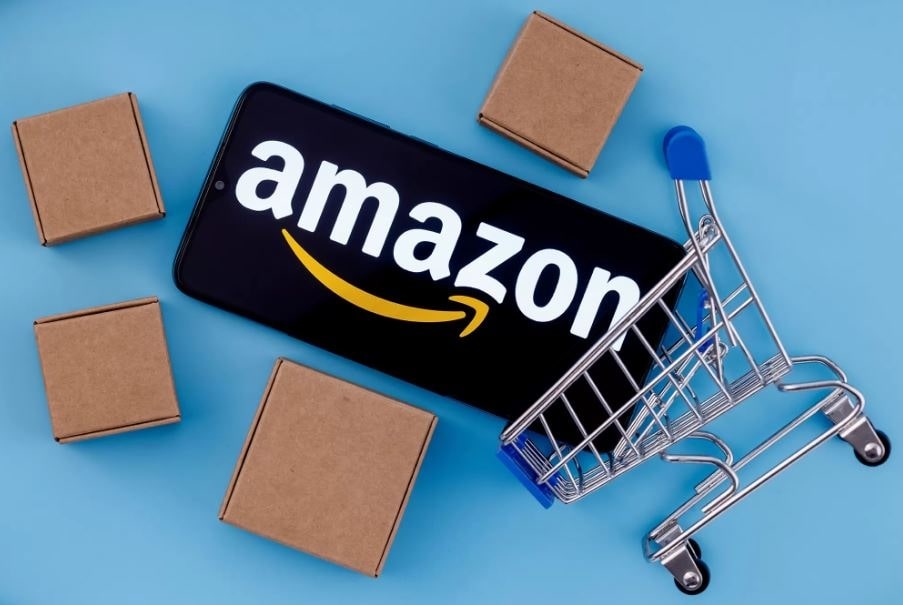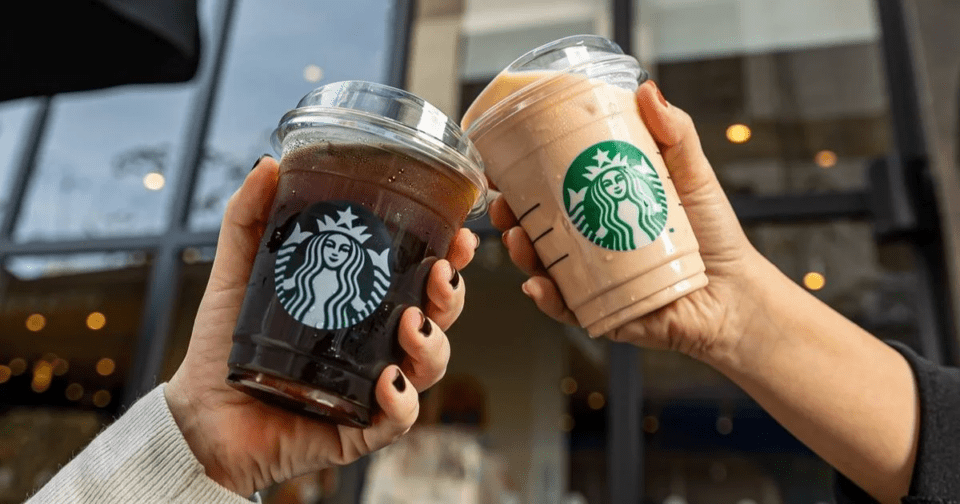In the ever-changing world of marketing, there is no set formula that can be applied to every campaign. That is why “Case by case” has become a guiding principle for marketers who want to make a difference. This phrase emphasizes the importance of carefully analyzing each case to come up with the best solution. Let’s find out with Marketing AI what Case by case is and what to keep in mind when using this interesting phrase!
What is Case by Case?
“Case by case” or more fully “On a case by case basis”, this phrase means “considering each case one by one”, each case will be evaluated, analyzed and resolved based on the specific factors and situations, instead of applying a general solution to all cases.
In a marketing strategy, not every campaign is suitable for every target group. A solution may be wildly successful with younger customers but needs to be adapted to better meet the needs and expectations of other age groups. Therefore, the flexibility and personalization of “Case by case” is the key to effectiveness in this case.

How to use the phrase “Case by case”
So when is it appropriate to use “case by case”? This method is often used in situations where one decision cannot be applied to all, Users need to adjust to suit each specific situation. For example, in human resource management, when a company faces many complaints from employees, instead of applying a general rule to all cases, they will evaluate “case by case” to find out The most reasonable solution for each individual.
However, marketers also need to consider some disadvantages of this method:
- Waste of time and resources: Analyzing and resolving each individual case will require a large investment of time, effort and human resources, especially when having to provide solutions for many different subjects and situations.
- Lack of consistency and reliance on personal judgment: Each case is treated separately which can lead to unevenness in resolution. This method often depends on the skills and perspectives of the decision maker, which can lead to lack of objectivity or bias.
- Easy to miss the overview: Focusing on individual cases can cause you to lose sight of the bigger picture, leading you to miss general trends or patterns that lead to more optimal solutions.
Distinguish between Case-by-case and Case-to-case
- Case by case: This phrase is used to handle each case individually. Each situation will be assessed based on its specific factors and circumstances, demonstrating flexibility in providing solutions and ensuring the fairness and best fit for each case.
- Case to case: This phrase is less used and has the meaning of comparing or contrasting two different cases. Users often use it to analyze differences or similarities between two specific situations.
Distinguishing example:
When building an Advertising campaign for a cosmetics Brand, the message will be designed differently for the Gen Z group and the middle-aged women group, because each group has different needs and preferences. This is the most flexible and optimal “case by case” approach to marketing. When you use the same advertising campaign for both Gen Z and middle-aged women and compare their effectiveness. You don’t customize the message, you just look at the results between the two groups. This is “case to case”.
Cases of successful application of “Case by case” in practice
Many leading businesses have adopted the “case by case” approach to optimize decision-making and enhance customer experience. Here are some examples of how these companies have implemented this approach:
Amazon
When handling customer complaints or requests, Amazon often considers each case individually rather than applying a set process. For example, if a customer requests a refund because of an unsatisfactory product, Amazon will consider factors such as purchase history, reason for refund, and the customer’s previous experience with the service. This approach not only helps Amazon provide optimal solutions for each customer, but also builds trust and satisfaction, thereby strengthening long-term relationships with them.

In the field of human resource management, Google has built a Creative and friendly working environment through applying the “case by case” method. Instead of following a rigid process for issues like promotions, benefits, or work conflicts, Google allows each individual to be considered individually. Employees can present their circumstances to receive appropriate consideration and support. This not only enhances employee satisfaction but also encourages engagement and creativity at work.
American Express
In the financial services industry, American Express applies a “case by case” approach to handling loan requests and financial disputes. They not only rely on standard criteria but also consider the customer’s personal factors, such as credit history, income, and current financial circumstances. This approach helps American Express make fairer decisions, ensuring that each customer receives the right assessment based on their circumstances.
Starbucks
Starbucks is another case of using a “case by case” approach to enhance customer experience. The company allows store managers to decide how to handle customer complaints without having to follow a rigid process. For example, if a customer has a problem with their order, the store manager may decide to refund or offer a free drink, depending on the specific situation. This creates a personalized customer experience and increases satisfaction.

Not only used in the fields of business, logistics or law, “Case by case” is also very popular in creative industries, such as design or art. Many fashion designers will occasionally develop a new collection or product based on each customer’s individual requirements. Therefore, “case by case” processing will help ensure the uniqueness and personalization of the product.
Conclude
The phrase “Case by case” is an important and popular concept in many different fields, helping to solve problems based on each specific case instead of applying general rules. Understanding what the Definition is and applying the phrase in the right context is an important key to improving everyday communication. In addition, it provides a flexible and equitable approach to decision-making by assessing each individual situation for its unique circumstances.
Comment Policy: We truly value your comments and appreciate the time you take to share your thoughts and feedback with us.
Note: Comments that are identified as spam or purely promotional will be removed.
To enhance your commenting experience, consider creating a Gravatar account. By adding an avatar and using the same e-mail here, your comments will feature a unique and recognizable avatar, making it easier for other members to identify you.
Please use a valid e-mail address so you can receive notifications when your comments receive replies.
